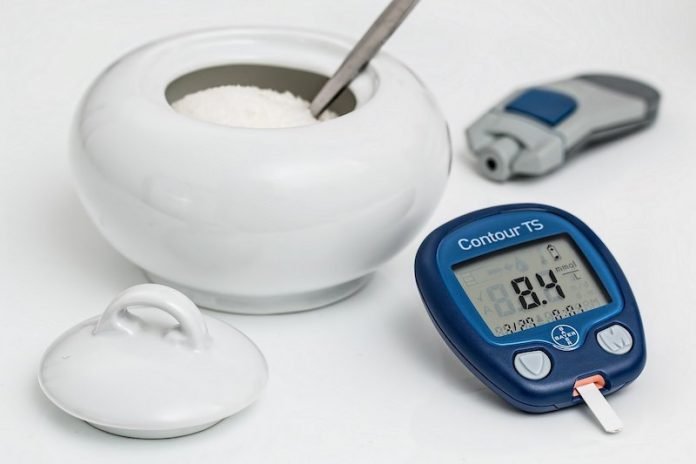
The kidneys often become bulky and dysfunctional in diabetes.
In a new study, researchers found that one path to this damage dramatically reduces the kidney’s ability to clean up after itself.
The natural cleanup is called autophagy, which literally means “self-eating,” and it’s a constant throughout our bodies as debris, like misfolded proteins and damaged cell powerhouses called mitochondria, get packaged into a double-membrane sack, then destroyed by enzymes to help keep cells and organs functioning at a premium.
Autophagy tends to increase in the face of disease challenges like diabetes, but scientists have found a pathway that then quickly decreases autophagy in both animal models and humans with varying stages of this chronic condition, leaving the kidneys more vulnerable.
This is the first time researchers understand there is a novel pathway that leads to autophagy’s dysfunction in a chronic kidney disease condition like diabetes.
This also suggests that scientists have a targeted pathway to prevent or slow the progression of kidney failure.
The research was conducted by a team at the Medical College of Georgia at Augusta University.
Diabetes affects about 100 million adults in the United States, diabetic kidney disease is a major complication of diabetes and is the leading cause of chronic kidney disease and kidney failure, according to the Centers for Disease Control and Prevention.
Scientists studying the interaction of diabetes and the kidneys were giving conflicting reports on the state of autophagy: Some saying it went up, others finding it went down.
The team has now found both were correct.
They found autophagy levels naturally, initially increase in response to the stress of diabetes, but quickly drop off as a protein best known as a tumor suppressor activates a microRNA not normally involved in regulating autophagy.
What follows is unhealthy overgrowth—of individual cells and the organ—called hypertrophy, scarring, inflammation, and protein spilling into the urine, a classic sign the kidneys are failing.
The team says metabolic changes occur in diabetes, like high levels of glucose, inflammation, and oxidative stress; cell powerhouses, called mitochondria, can dysfunction; and the endoplasmic reticulum where proteins are properly folded, can be disrupted.
The kidney can grow larger, initially likely to accommodate the challenging work environment, but if it continues, the kidney, much like a heart in failure, may become enlarged, and its function diminished or destroyed.
Patients with diabetes who develop hypertrophy are more likely to develop end-stage renal disease, While the team is not certainly impaired autophagy completely explains the unhealthy growth, they are confident it contributes to it.
Both type 1 and 2 diabetes tend to be lifelong conditions and the kidneys an early target of high levels of glucose in the blood which damages blood vessels, which can drive up blood pressure, which causes more damage.
Ultimately the oversized kidneys will shrink because of degeneration and scarring.
For the study, biopsies from 20 people with diabetes and 14 people without diabetes were provided by the Department of Nephrology of Changzheng Hospital at the Second Military Medical University in Shanghai.
One author of the study is Dr. Zheng Dong.
The study is published in the Journal of Clinical Investigation.
Copyright © 2020 Knowridge Science Report. All rights reserved.



